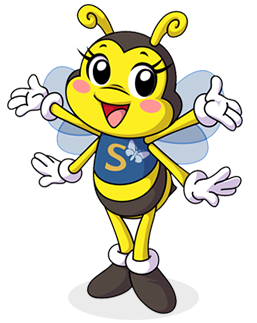All home learning will be set here every Friday and will be tested the following week .
Spellings
This week’s words to learn are:
frequently
available
guarantee
determined
recognise
Parents: all words are selected from the age-appropriate National Curriculum lists, these are words your child has to know by the end of Year 6. Please encourage them to practice at home during the week, and carry out an occasional test to prepare them for Friday morning. The tests are linked to spelling objectives and learning during the week.
Mental Maths
This week the children will be tested on:
All multiplication facts up to 12 x 12 = 144.
On Friday after school, please ask your child their score, we’ll send it home on a slip of paper.
Project Home Learning
Next half term, we will be starting our new project ‘Darwin’s delights’. To support your child with their learning, your child may want to work through some activities which will enable them to get the most out of their project learning. Please note: these activities are optional.
Please see below a list of activities your child may wish to complete:
- Research the historical figures Charles Darwin and Mary Anning, including the important scientific discoveries they made. You may want to research: childhood, work, significant achievements, death and legacy. You might like to write about one or both figures.
- Use online sources or information books to learn about fossils and to answer the questions.
• What is a fossil, and why are fossils important for science today?
• Where are fossils found?
• How do fossils form?
• What different types of fossil are there?
• What is a palaeontologist, and why is Mary Anning described as a pioneering palaeontologist today? - Look online for scientific sketches by Charles Darwin and Mary Anning and botanical illustrations by Walter Hood Fitch. Afterwards, create a sketch or illustration using their style. Choose a plant, tree, animal, fossil or shell for your subject.
- Use information books or online sources to explore plant and animal adaptations. Choose four living things from a habitat of your choice. Draw labelled diagrams and write a paragraph to explain their adaptations.
- Use a range of sources to learn more about endangered animal species and conservation.
• What are endangered animals?
• List three endangered animals and explain what factors have caused them to become endangered.
• What is conservation?
• What examples of conservation are happening to save endangered animals?
• What is World Wildlife Day, and how does this day help endangered animals?
Lexia
If you child is using Lexia, please click the link below for them to access their Lexia learning at home.



